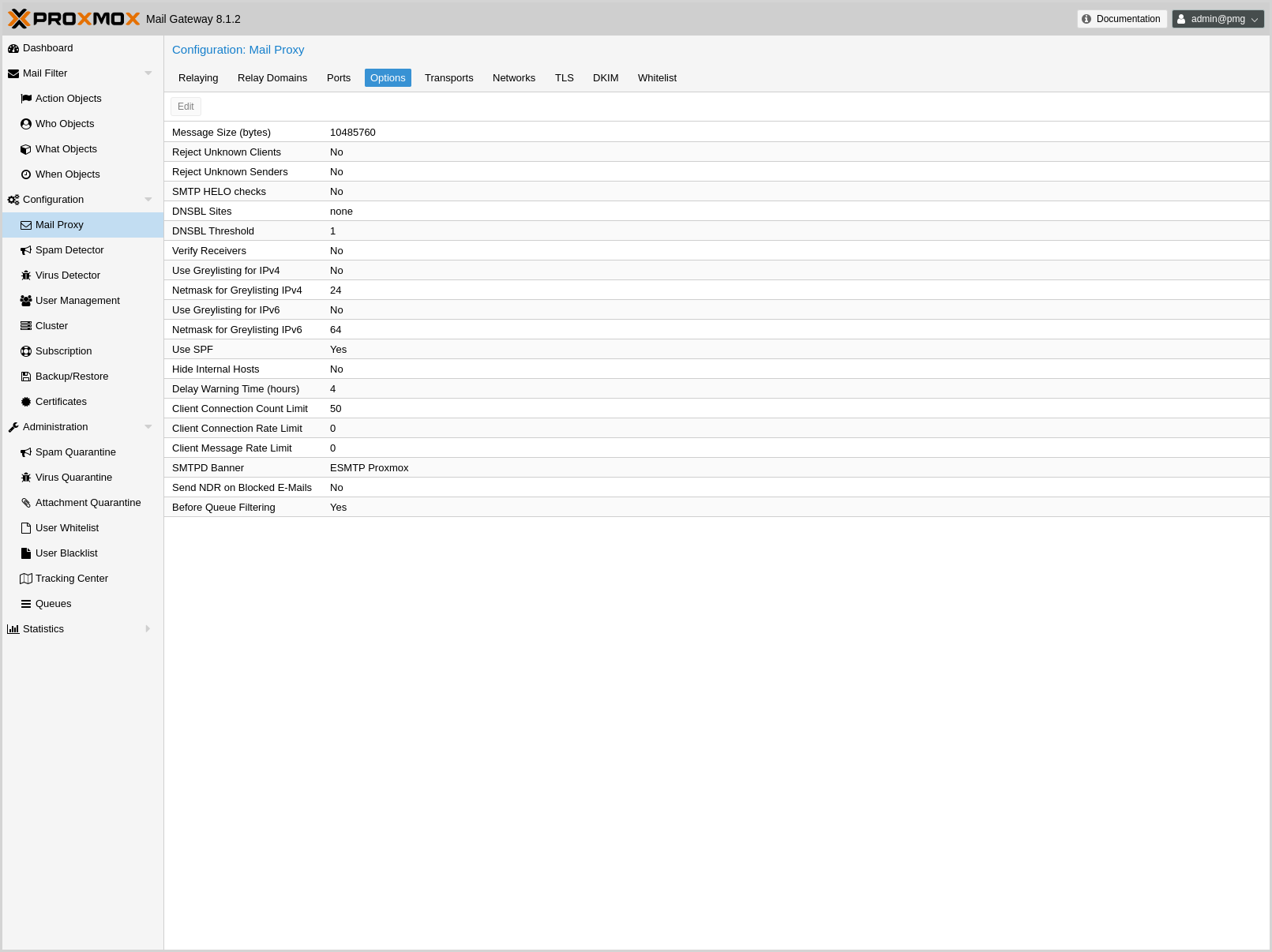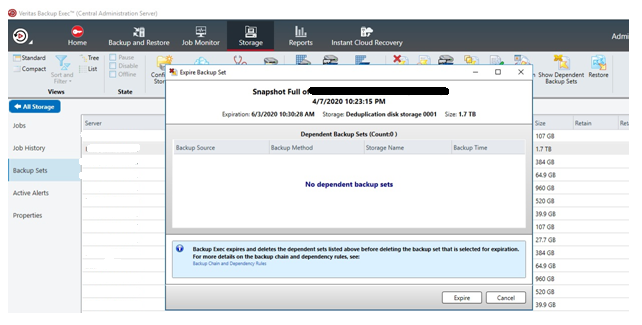
- #Backup exec 16 restore queued how to
- #Backup exec 16 restore queued update
- #Backup exec 16 restore queued software
- #Backup exec 16 restore queued windows
#Backup exec 16 restore queued software
If you're using either third-party software or database maintenance plans to do simultaneous backups, consider whether you should change the schedules to minimize contention on the drive to which the backups are being written.
#Backup exec 16 restore queued windows
Verify the performance.Ĭheck for error messages in the SQL Server error log and Windows event log for more pointers about the cause of the problem. Isolate the issue to the network by trying to copy a similarly sized file to the network location from the server that's running SQL Server. For information about other possible issues that can be caused by the presence of many VLFs, see Database operations take a long time to complete, or they trigger errors when the transaction log has numerous virtual log files.Ī backup or restore operation to a network location is slow This is especially true during the recovery phase of the restore operation. The presence of many virtual log files could affect the required time to restore a database. Follow the guidance in this article to exclude backup files from virus scans.Ģ820470 Delayed error message when you try to access a shared folder that no longer exists in Windowsĭiscusses an issue that occurs when you try to access a shared folder that no longer exists in Windows 2012 and later versions.ĩ67351 A heavily fragmented file in an NTFS volume may not grow beyond a certain sizeĭiscusses an issue that occurs when an NTFS file system is heavily fragmented.ģ04101 Backup program is unsuccessful when you back up a large system volumeĢ455009 FIX: Slow performance when you recover a database if there are many VLFs inside the transaction log in SQL Server 2005, in SQL Server 2008 or in SQL Server 2008 R2

This can affect the performance of backup and restore operations.
#Backup exec 16 restore queued how to
Apply this fix to help prevent these issues.ģ09422 How to choose antivirus software to run on computers that are running SQL ServerĪntivirus software may hold locks on. Installing these updates can help prevent such issues.Ģ878182 FIX: User mode processes in an application are unresponsive on servers that are running Windows Server 2012īackup operations are I/O intensive and can be affected by this bug.
#Backup exec 16 restore queued update
This can produce significant performance gains.Ģ920151 Recommended hotfixes and updates for Windows Server 2012 R2-based failover clusters 2822241 Windows 8 and Windows Server 2012 update rollup: April 2013Ĭurrent system rollups can include fixes for known issues at the system level that can cause degrade the performance of programs such as SQL Server. For example, you can assign the SE_MANAGE_VOLUME_NAME special privilege to the Windows account that's running SQL Server to enable instant initialization of data files. The Books Online topic covers various best practices that you can use to improve the performance of Backup/Restore operations. Optimizing Backup and Restore Performance in SQL Server Consider whether you should implement the changes or apply the fixes and best practices that are discussed in the corresponding articles. Refer to How It Works: What is Restore/Backup Doing? This blog post provides insight into the current stage of backup or restore operations.Ĭheck whether you're experiencing any of the known issues that are listed in the following table. Use the estimate_backup_restore script to get an estimate of backup times. For more information, see SQL Server, Backup Device Object.

You can measure backup and restore throughput information by using the "Device throughput Bytes/sec" and "Backup/Restore throughput/sec" performance monitor counters. You can use the percent_complete column of sys.dm_exec_requests to track the progress of in-flight backup and restore operations. In SQL Server 2016 and later versions, you can use XEvent backup_restore_progress_trace to track the progress of backup and restore operations.

The following is a sample output from the error log: RESTORE DATABASE successfully processed 315 pages in 0.372 seconds (6.604 MB/sec) You can use these details to estimate the time that's required to back up and restore the database in its current state. The SQL Server error log contains information about previous backup and restore operations. If you suspect that the backup operations are either stopped or taking too long to finish, you can use one or more of the following methods to estimate the time for completion or to track the progress of a backup or restore operation: Backup/Restore throughput depends on how well the underlying I/O subsystem is optimized to handle the I/O volume. Original product version: SQL Server Original KB number: 224071 Backup and restore operations take a long timeīackup and restore operations are I/O intensive. This article provides solutions for common issues that you might experience during Microsoft SQL Server backup and restore operations, and provides references to further information about these operations.


 0 kommentar(er)
0 kommentar(er)
